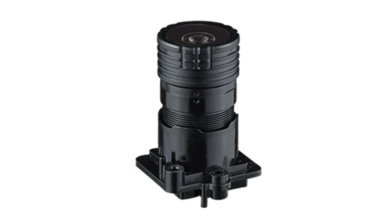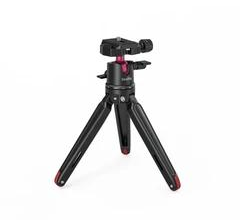What Is RFID Asset Management?

Your business might be wondering what RFID asset management is. If so, you’re in luck because this article breaks it down for you and explains the five benefits for your business.

What is RFID Asset Management?
RFID (radio-frequency identification) is a technology that uses radio waves to identify and track tagged objects.
RFID asset management uses RFID tags to track and manage assets in a business. Benefits of RFID asset management include improved safety, faster turnaround times for inventory, and increased accuracy in tracking assets.
RFID tags can be attached to any object, including products, inventory, and documents. For example, when a reader scans an RFID tag, it can generate a digital readout that can be used to track the object’s whereabouts.
How does it work
RFID asset management is a technology that helps businesses track and manage their assets, from goods in warehouses to valuable equipment in offices.
RFID asset management works by using RFID tags to identify and track items. These tags can be attached to anything that has value, such as goods in warehouses, vehicles in parking lots, or office equipment.
RFID readers then read the tags. This information can then be used to track the movements of the assets. This information can also be used to track who has access to the assets and when they have access.
There are many benefits to using RFID asset management technology. For example, it can help businesses keep track of their inventory and ensure it is always in stock. It can also help businesses prevent theft and vandalism. In addition, it can help businesses save money on inventory costs and administrative expenses.
5 Benefits Of RFID Asset Management
RFID asset management is a technology that helps businesses to track and manage assets. For example, RFID asset management can improve your assets’ security, reduce inventory costs, and improve records’ accuracy. Here are five benefits of RFID asset management:
- Security: RFID asset management can help to secure your assets against theft and vandalism. With a system in place, you can track the location and movement of your assets throughout the day.
- Reduced costs: RFID asset management can help to reduce the costs of inventory by automating the tracking of your inventory. This system can also help you to identify and reduce waste.
- Improved accuracy: RFID asset management can help improve your records’ accuracy by automatically recording changes to your assets. This system can also help you to identify potential problems with your inventory.
- Increased efficiency: RFID asset management can help to increase the efficiency of your business by automating many tasks related to inventory management. This system can also reduce the time spent on these tasks.
- Improved customer service: RFID asset management systems can help to improve customer service by providing accurate information about your products and services.
Conclusion
Radio Frequency Identification (RFID) is a growing technology that can track and identify objects. RFID asset management can help businesses keep track of inventory, protect valuable assets, and improve customer relationships. By implementing RFID asset management in your business, you can ensure that your assets are safe and secure and have the information you need to manage them effectively. In this field, Hopeland RFID will be helpful for you. So come to visit www.hopelandrfid.com today!





